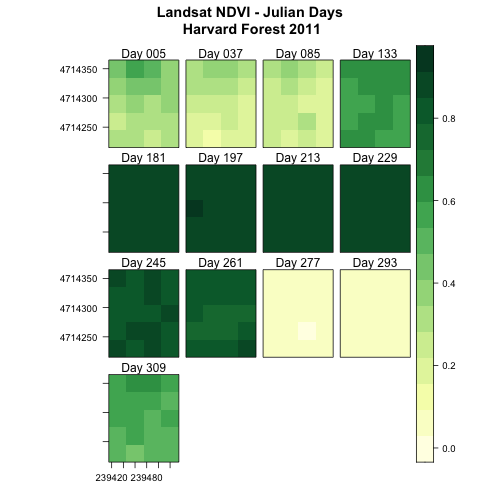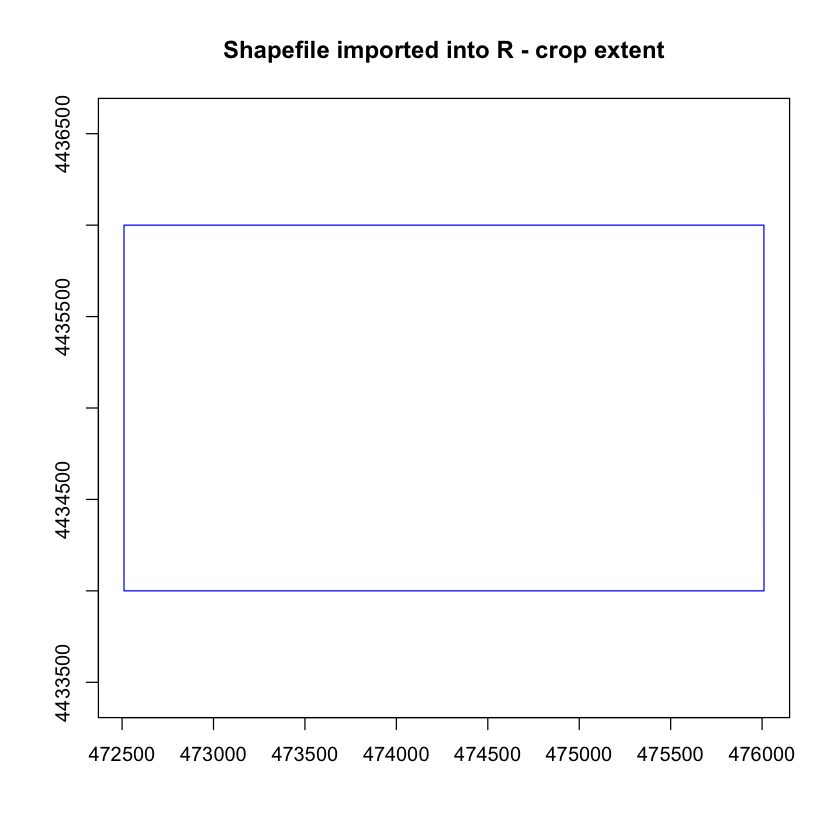
If TRUE, the cell values of ' x' are copied to the RasterLayer object that is returned An empty RasterLayer (no associated values) is returned if layer=0 The layer (variable) to use in a multi-layer file, or the layer to extract from a RasterStack/Brick or SpatialPixelsDataFrame or SpatialGridDataFrame. Supported file types are the 'native' raster package format and those that can be read by GDAL Raster(x, xmn=0, xmx=1, ymn=0, ymx=1, crs="", template=NULL)įilename (character), Extent, Raster*, sf, SpatialPixels*, SpatialGrid*, object, 'image', matrix, im, or missing. You can assign new values with setValues and with replacement.įor an overview of the functions in the raster package have a look here: raster-package. You can access cell-values with getValues, extract and related functions. when a RasterLayer is created from a file, it does (initially) not contain any cell (pixel) values in (RAM) memory, it only has the parameters that describe the RasterLayer. RasterLayer objects can be created from scratch, a file, an Extent object, a matrix, an 'image' object, or from a Raster*, Spatial*, im (spatstat) asc, kasc (adehabitat*), grf (geoR) or kde object. P <- shapefile(system.file("external/lux.Raster: Create a RasterLayer object Description # crop a SpatialPolygon* object with another one Values within the extent of a Raster* object can be set to NA with mask See AlsoĮxtend, merge Examples r <- raster(nrow=45, ncol=90)ī <- as(extent(6, 6.4, 49.75, 50), 'SpatialPolygons') RasterLayer or RasterBrick object or SpatialLines or SpatialPolygons object. To crop by row and column numbers you can create an extent like this (for Raster x, row 5 to 10, column 7 to 12) New Extent objects can also be created with function extent and drawExtent by clicking twice on a plot. You can check this with the extent function. Objects from which an Extent can be extracted/created include RasterLayer, RasterStack, RasterBrick and objects of the Spatial* classes from the sp package. Output dataType (by default it is the same as the input datatype) One of 'near', 'in', or 'out', for use with alignExtentĬharacter. Raster* object or SpatialPolygons*, SpatialLines*, or SpatialPoints* objectĮxtent object, or any object from which an Extent object can be extracted (see Details)Ĭharacter. Usage # S4 method for signature 'Raster'Ĭrop(x, y, filename="", snap='near', datatype=NULL. Areas included in y but outside the extent of x are ignored (see extend if you want a larger area).

If x is a Raster* object, the Extent is aligned to x. dimensions: Dimensions of a Raster* objectĬrop returns a geographic subset of an object as specified by an Extent object (or object from which an extent object can be extracted/created).



animate: Animate layers of a Raster* object.alignExtent: Align an extent (object of class Extent).aggregate: Aggregate raster cells or SpatialPolygons/Lines.


 0 kommentar(er)
0 kommentar(er)
